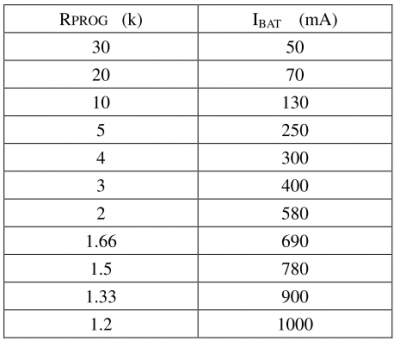I was thinking about that issue too and was considering small holes in the bottom, but I am concerned about condensation in front of the panel.
I’ll place a 30x30mm 5V fan at the far end (wall side) below the battery; placing some holes near the front, where the antenna will be mounted to exhaust. Temperature will be controlled by a TMP3x not wasting energy
yes condensation will/can be a problem, I used a few sillica gel packs I saved from packaging, but they are very cheap
You do not have any regeneration when heating ? Typical regeneration temperature is at 120°C but I have seen people regenerating it behind a glass with direct sun…as our solar panels ![]()
Best way is vacuum, but will not match with holes nor fan ![]()
My morning gift,
3 days to come from China to France, then 32 days from Paris to my home, WTF ?
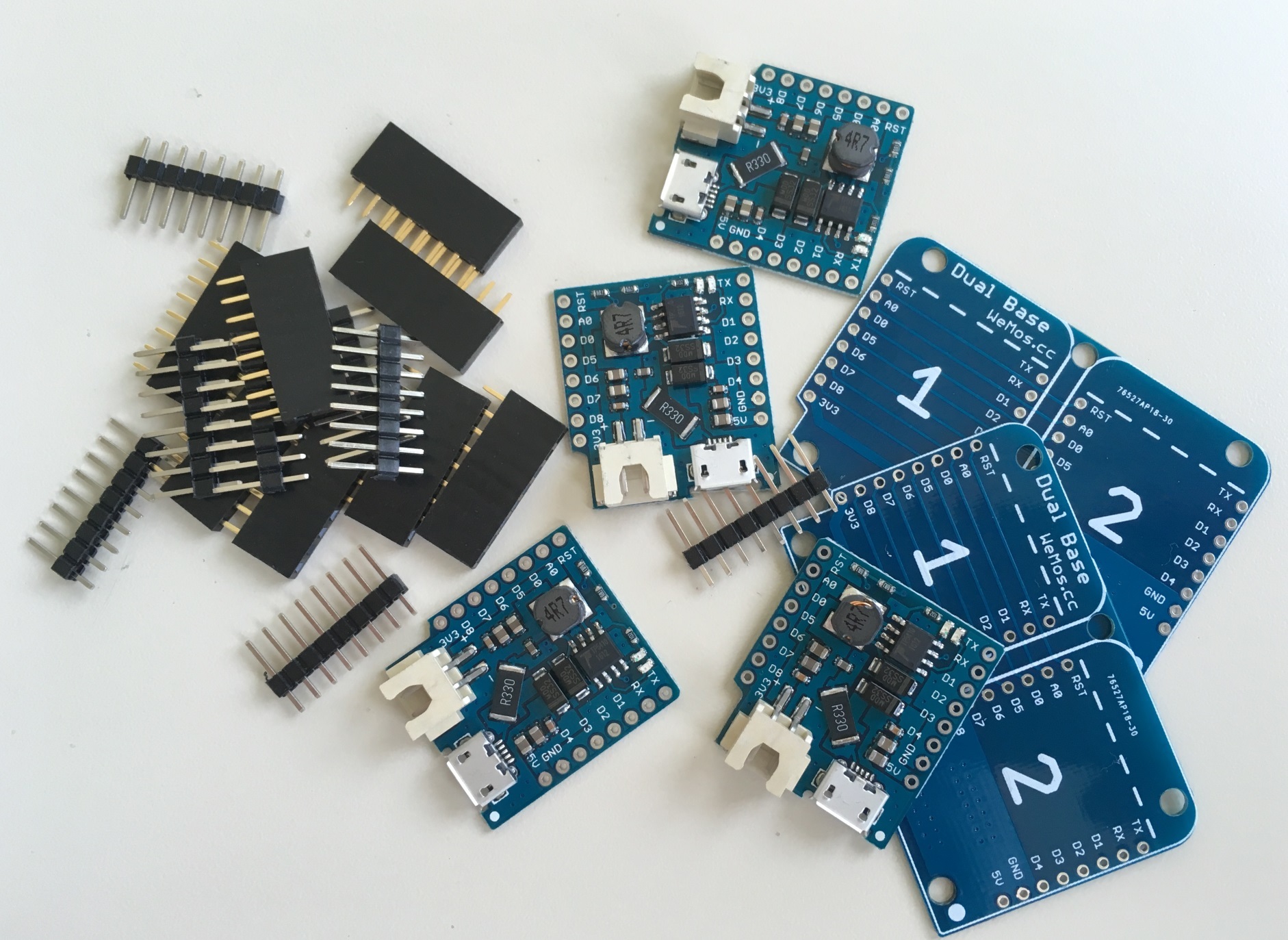
Anyway, these one are incredible, I looked at schematics below
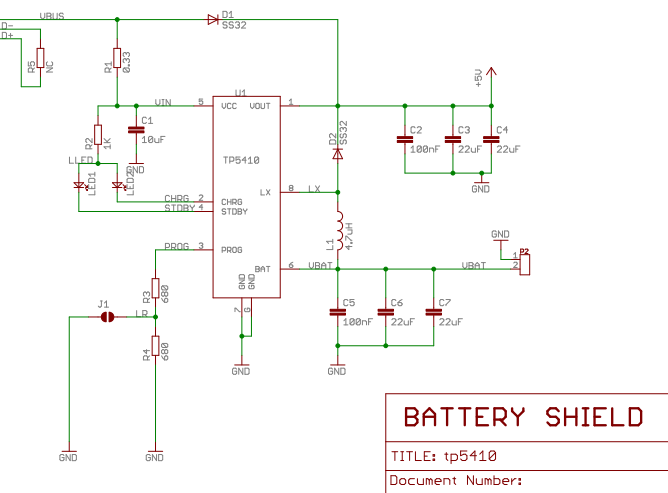
for $2.5 you have:
- One Charger with programmable current
- 5V Step UP (1A) ok would prefer 3V3 but it’s fine since 3V3 regulator is on WeMos Boards
- USB micro connector to charge Lipo
- Chip input accept up to 10V input, this mean any solar panel can be connected instead of USB
Unbeatable price guys, need to test with WeMos and onboard Lora and add this on dashboard
yes nice board ! , I am curious what results you get 
solar powered RPI
- http://www.instructables.com/id/Solar-Powered-Raspberry-Pi/
- http://www.voltaicsystems.com/blog/powering-a-raspberry-pi-from-solar-power/
- https://blog.adafruit.com/2014/06/20/how-to-build-a-solar-powered-raspberry-pi-piday-raspberrypi-raspberry_pi/
- https://www.reddit.com/r/raspberry_pi/comments/4k25rg/ive_created_a_100_solar_powered_rpi_web_server/
- http://www.earth.org.uk/note-on-Raspberry-Pi-setup.html
- http://freneticrapport.blogspot.lu/2013/01/first-raspberry-pi-model-512mb-off-re_24.html
- http://freneticrapport.blogspot.lu/2013/01/raspberry-pi-model-b-to-model.html
- http://freneticrapport.blogspot.lu/2013/02/more-raspberry-pi-power-saving-part-3.html
solar powered Arduino
- http://www.voltaicsystems.com/solar-arduino-guide
- https://www.cooking-hacks.com/documentation/tutorials/arduino-solar/
- https://www.hackster.io/feilipu/battery-powered-arduino-applications-through-freertos-3b7401
sometimes it’s nice to see all the voltages at once when testing , like solarpanel output, step up or charger out, batteries ect.
that’s why I build this quadro voltmeter 
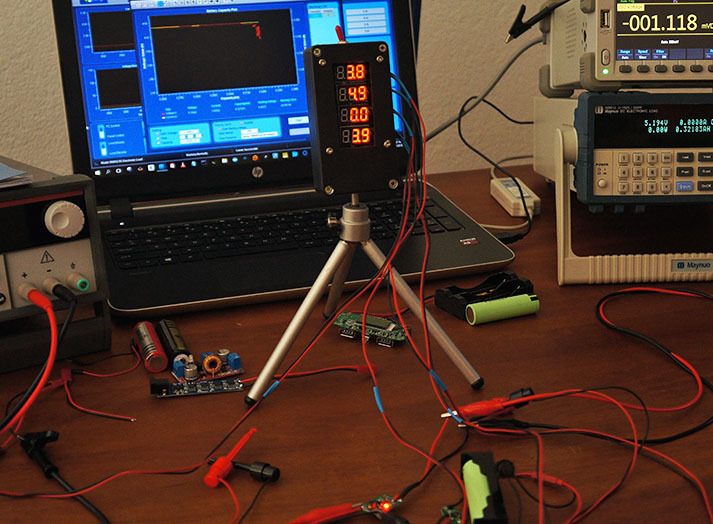
Nice !
I agree with you, so I have done the same…but unfortunately it is laggy because over Lora 
Just need to add a DH22 and pack everything inside the box.
By the way, nice toys on you desk !
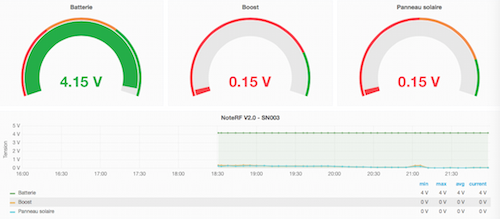

Nice, I can see Aliexpress enclosure have great success
Excellent voltmeter thank for the link @BoRRoZ, I had same idea today, doing some 4 entries Voltage divider so I can connect more than 3.3V entry to measure. This little board than can also be connected to Adafruit 4 channels I2C ADC (for WeMos as an example)
Will be cool doing some measure with it and will make my WeMos more ADC compliant 
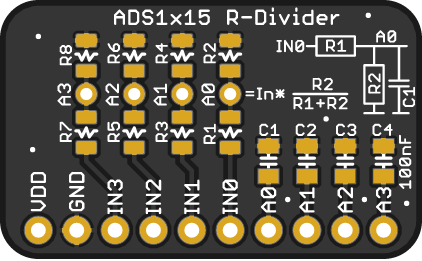
All information on github you can order PCB from PBCs.io 4 boards for less than 3$
Yo can find ADS I2C ADC boards on Ebay for less than $3 per board too
I bought the china voltmeter modules for a different project I wanted to try , never finished 
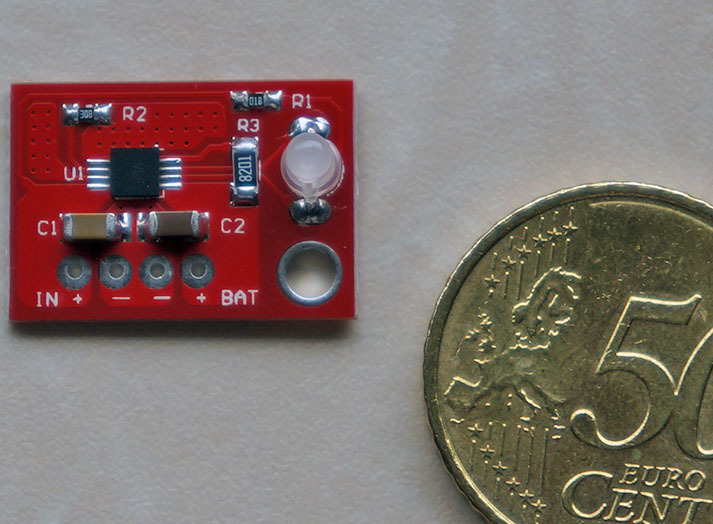
LiPo charge board solar controller
Input voltage: 4.4V - 6V
Constant charging voltage : 4.2V
Constant charging current: Max 900mA
Size: 15*22MM
I must admit the more I think about this the more i’m tempted to just oversize everything…
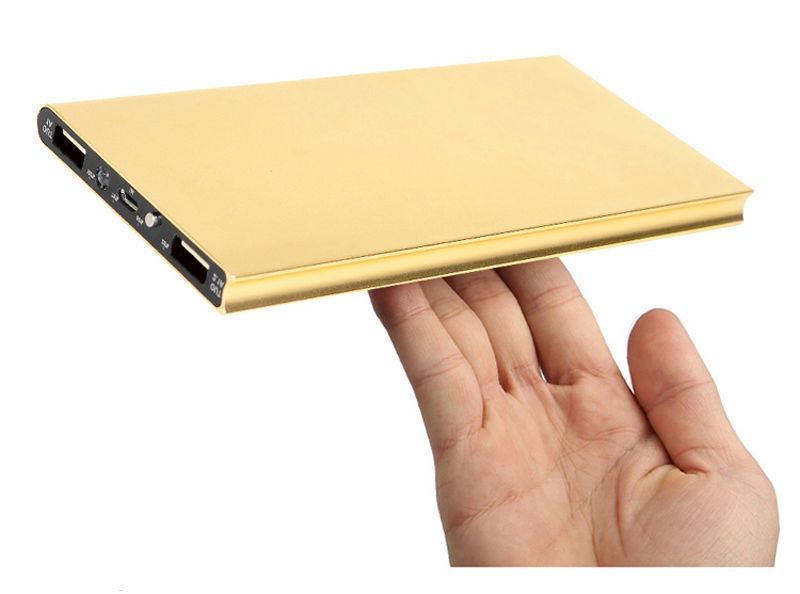
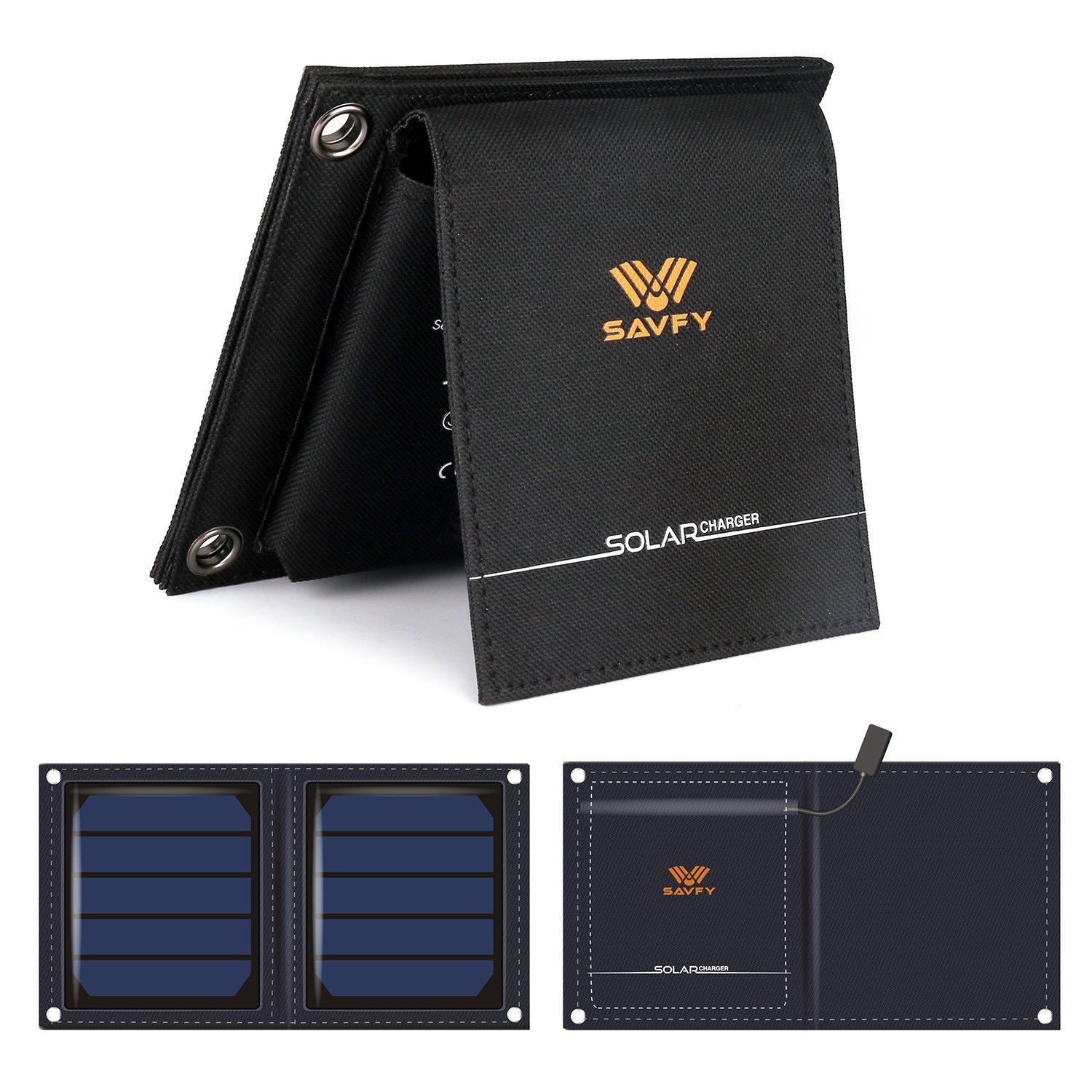
£10.99 for ‘7w’ (probably nearer 5w in reality) solar panel
For the sake of £24 seems like it would be worth it to have it -just work- through a cold and dingy winter?
Nice finding ! I should have found it as it is used in Seedstudio Stalker, the kit I bought with the solar pannel ![]()
Regarding my test, it was not charging yesterday with a charging current set to 100mA.
After searching specs of my solar panel I found that it is a 100mA@5.5V. So I tried to set the TP4056 at 50mA, but does not work today too.
I suspect that it is not linked to constant current setpoint but to the current injected in constant voltage mode as my battery is currently @4.15V
Unfortunately the current required is not in the datasheet ![]() I might try to measure it this weekend
I might try to measure it this weekend
By the way temperature inside the enclosure grew up to 60°C, which is usually the max specified in18650 datasheets.
Wow, useful data !
So it is stated that the charger does not start above 4V, my battery is at 4.15, so I will discharge it or try another one ![]()
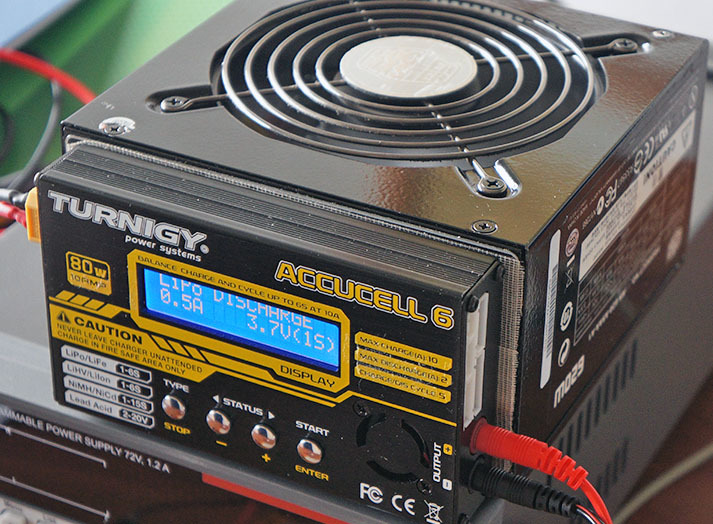
for big batteries you need a bigger charger/discharger … I made this one today from an old PC power supply and an RC hobby charger, 10 A ! 
I’am waiting for my ’ LiPo RC Battery Guard bag Explosion Protection Charge Sack 240x110/300x230 mm J before switching it on.
No… can’t wait for a explosion protection enveloppe 
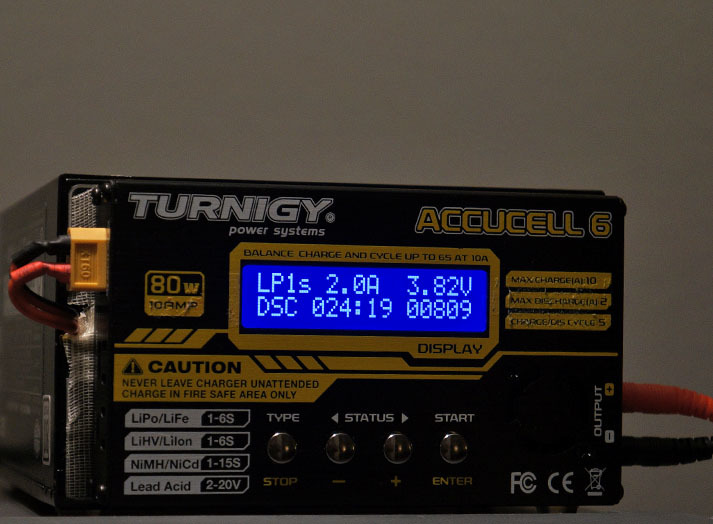
discharging for the last 24 minutes @ 2A (and still 3.82V !)
This morning I woke up wit an crazy idea.
I’ve read some articles about tracking antenna’s for drones and solar tracking (big panels)
And I’m thinking … ‘is it possible (and worth the effort) to make a solar tracker for a small 2W 330 mA panel’ ?
From some experiments with these little panels, I think you can increase efficiency by at least 100% compared to a static mounted solar panel.
But you need GPS to automatically start a the right point, fine tuning is done by four LDR’s
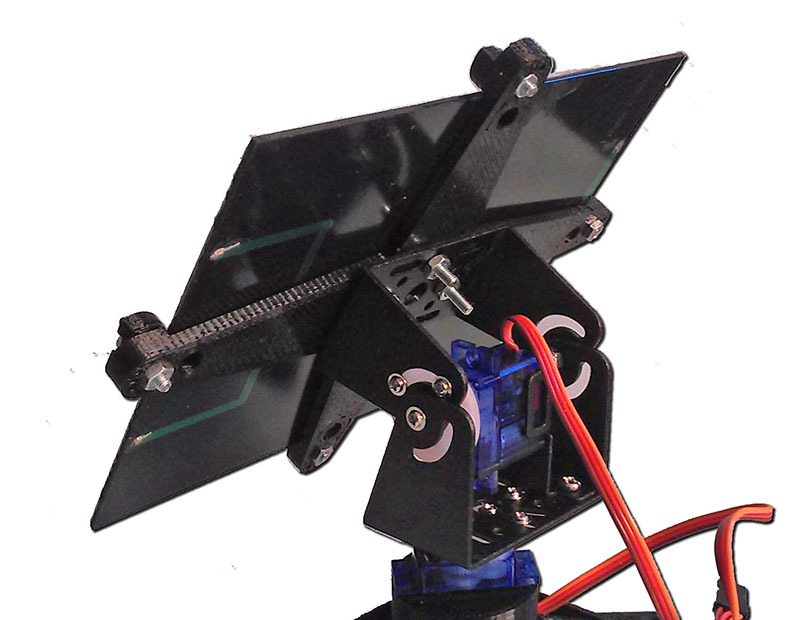
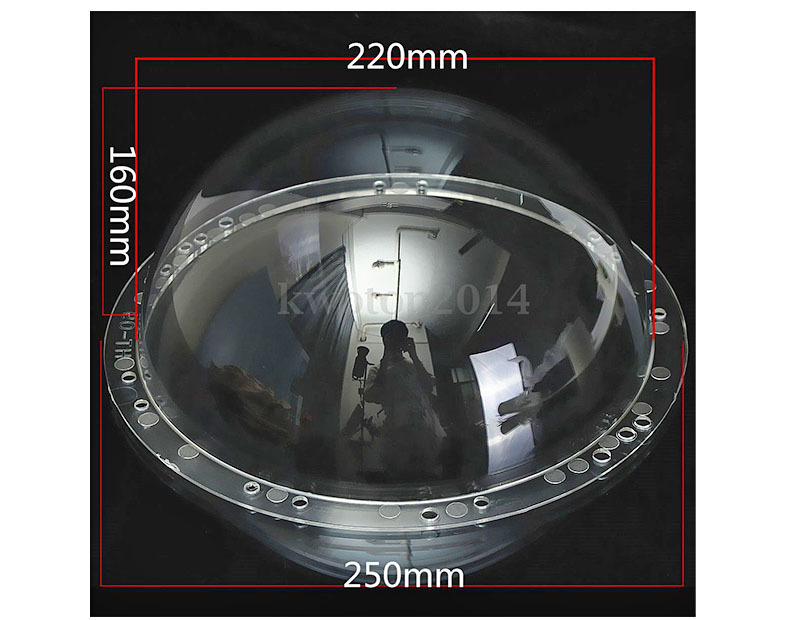
a solar dome node
fortunately you can find a lot of information on the web
Even if it should be better, how much it improves harvested energy vs energy consumed by servomotors ? Maybe just one axe might be enough ?
I never really read the page but a friend of mine did it with LDR only, without GPS ![]() Here in French
Here in French
Yes that’s a valid question, have to find out the hard way.
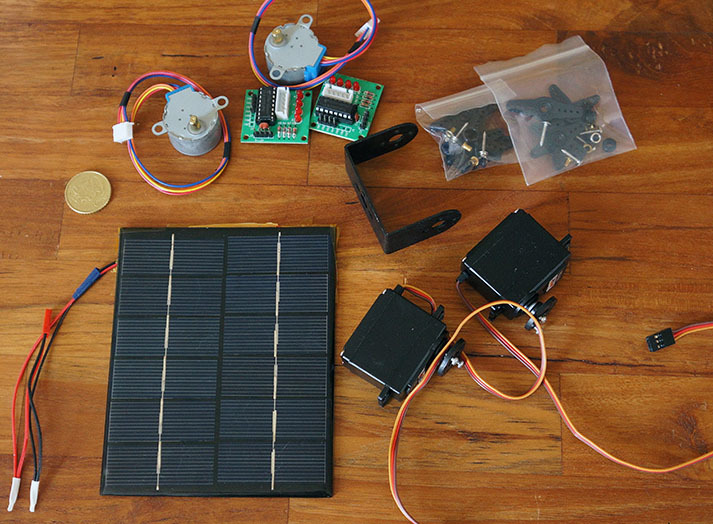
By testing (moving by hand a little solar panel connected to a multimeter) you will see how much energy you ‘miss’ during the day.
It’s even possibly to gain more, like 140% 
but my Laird RM186 DEV kit can arrive any moment, so i’m afraid this solar thing will be last on the ‘todo’ list
…or when it gets stuck in the early morning or late night position ![]()
